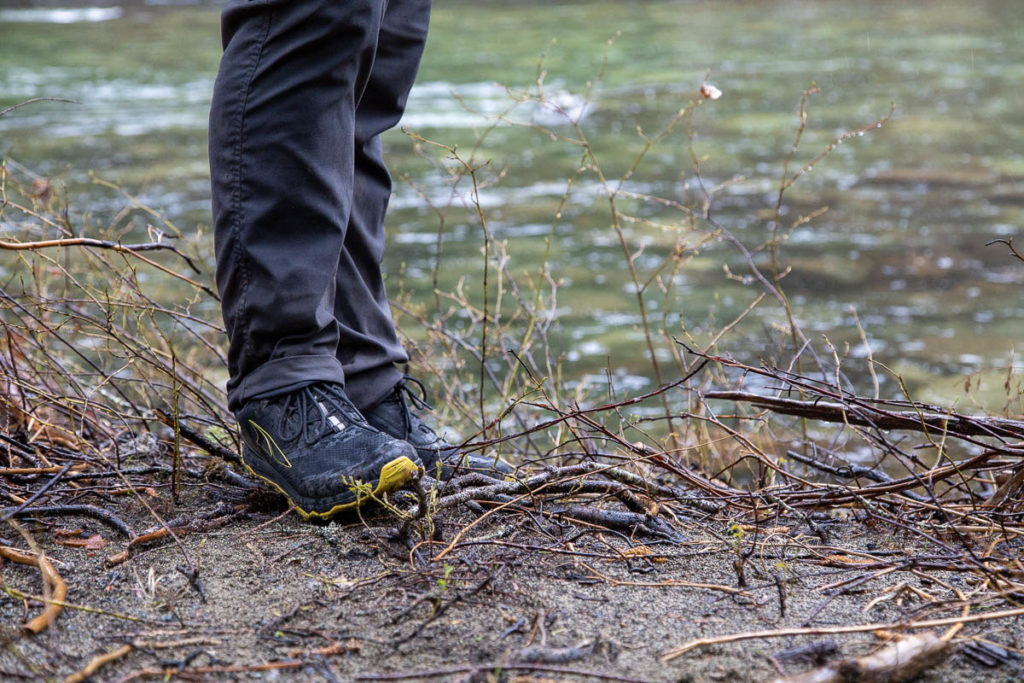Insoles that come in hiking boots and trail runners are pretty basic. They don’t offer a lot of support and only a bit of cushion.
Swapping out the stock insoles for something better is an easy way to get a better fitting and more supportive shoe without buying another pair.
SOLE insoles have been in my hiking boots and ski boots for a long time. I never have any problems with fit in trail runners but as soon as I go to hiking boots and ski boots I always have to tweak the fit with a SOLE insole.
This review is on the Performance Medium from SOLE, a medium-volume, carbon negative (!) insole meant for trail runners and hiking boots.
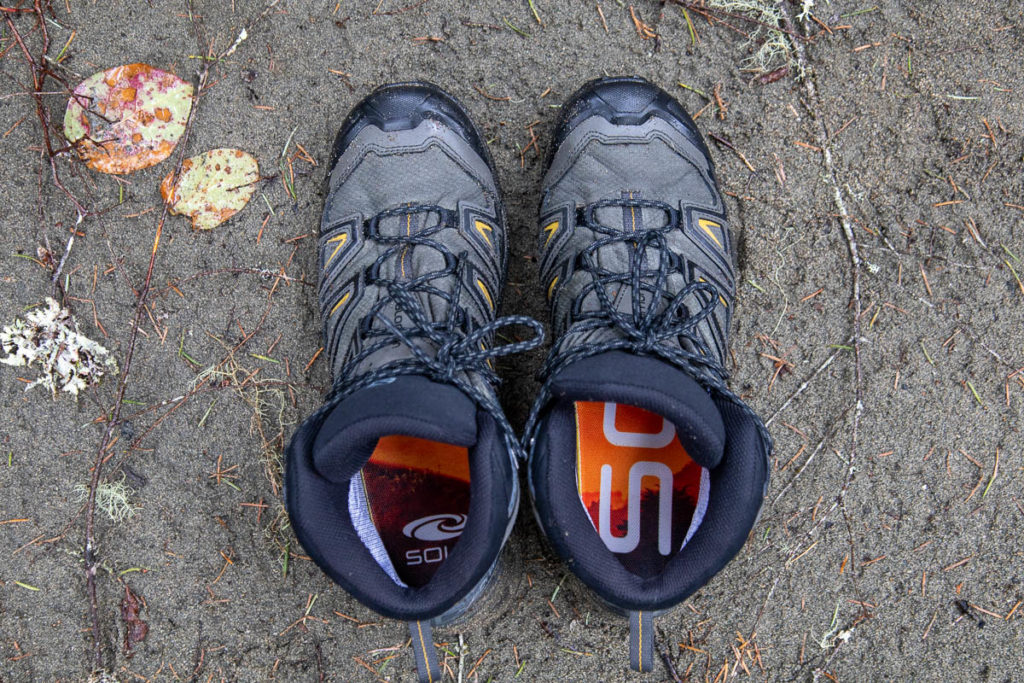
First, here’s the basic specs and then we’ll dig into the details.
Specs
- SOLE Performance series
- Medium thickness
- Softec cushioning
- base made with ReCORK recycled wine corks
- Zero drop
- Polygiene technology
- 3.2 mm thick
- reduces planta fascia strain
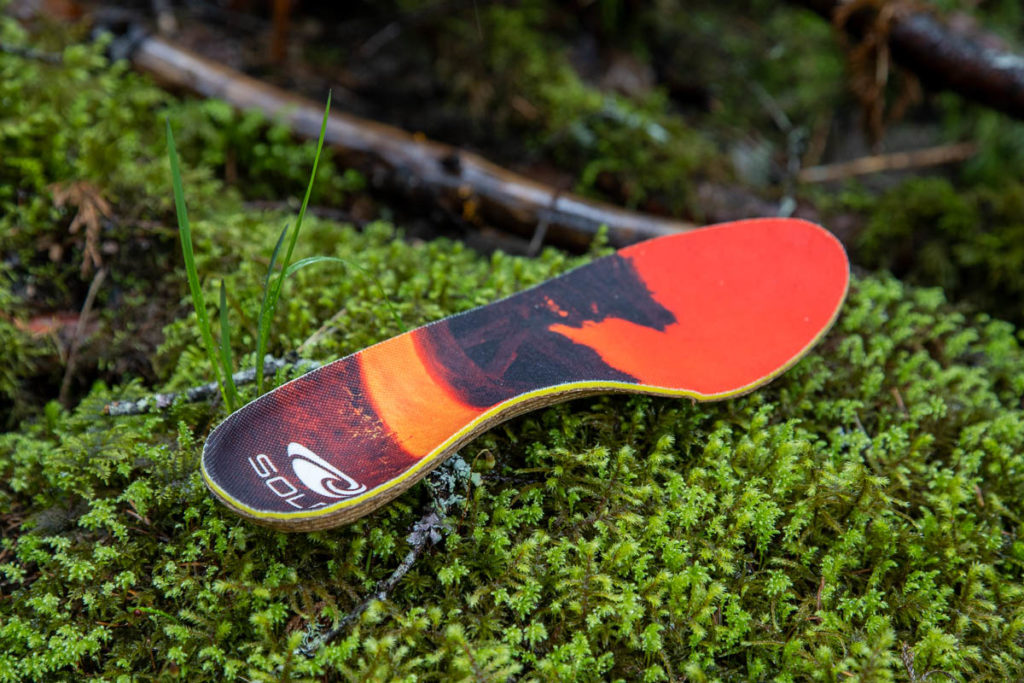
The SOLE Performance Medium Insole
Performance is the product series and Medium is the thickness. Let’s start with the Medium thickness.
Each of the lines of insoles that SOLE has a thickness. If there isn’t much space in your shoes like a dress show or something that’s tight already, then you can go with the Thin insoles. If you have lots of room in your boot and need lots of cushioning, then get the Thick insoles.
The insoles are zero drop. Most of my shoes are not but I prefer as little drop as I can find. And they’ll maintain the zero drop of shoes that are already zero. Drop is the height different from the front to the back of the shoe. Most shoes have a few millimetres difference. Some coming out these days are low or zero drop meaning the heel and the toe are at the same height, just like standing in your bare feet on the ground.
The Polygiene stays fresh technology keeps the bacteria out that makes things stink. They stay decent-smelling longer. I’m not going to say they stay flowery fresh forever because, well, they’re in my wet trail shoes that don’t smell great at the best of times!
One of the best parts is the deep heel cup. They prevent your heel from sliding left and right. I find this more a problem in hiking boots on uneven terrain. And when your heel starts slipping, your friendly neighbourhood blisters start showing up.
Okay, time to look at molding these insoles, how good they feel and how they’re made with a bunch of recycled wine corks.
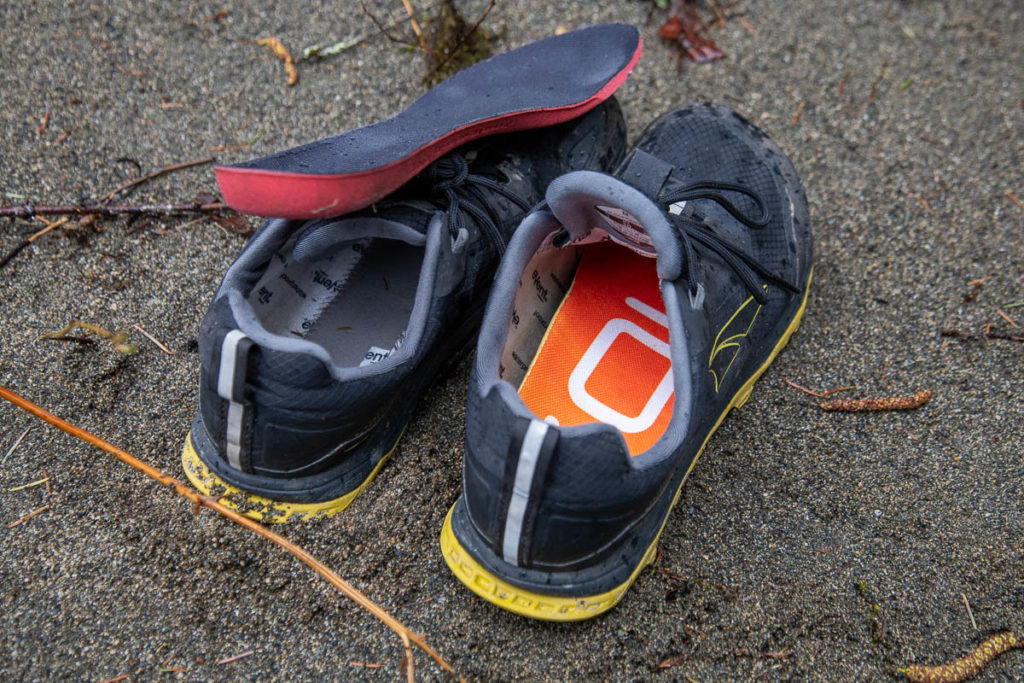
Molding SOLE insoles
There are 2 ways to mold the SOLE insoles to get a better fit.
The first is to heat them in the oven for 2 minutes at 200° F. This uses more energy but is faster to do.
The second is just to wear them. The pressure and heat from your feet will push them into a better position for your feet. This will be more eco-friendly as it doesn’t use a stove but it takes a few days.
Wearing them around feels a bit odd. I have relatively low arches and the support was pushing up hard to start. Good for higher arches! After a couple days it warmed up and packed down into the correct spot for my foot. If the arches are bit tall for your feet take it easy on the first couple times wearing.
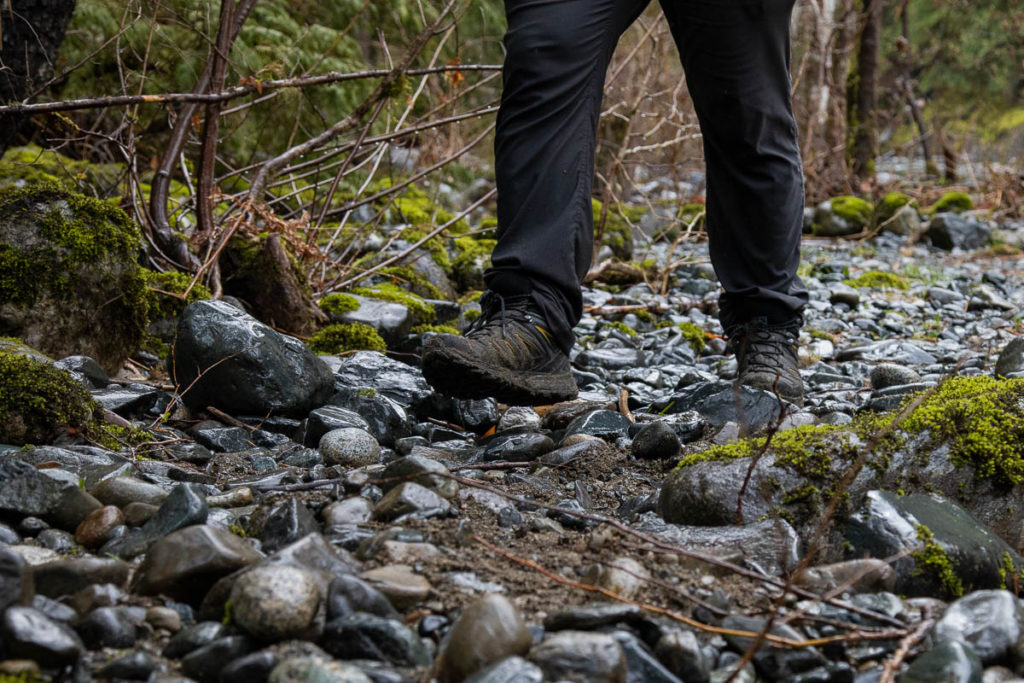
Performance of the Performance
I love how the Performance insoles feel after they’re worn in. They have just enough arch support and keep your heel in place. For shoes that didn’t have enough padding, they provide more and help stave off those sore feet.
They didn’t work in some of my shoes where there wasn’t enough space. The Mediums are a medium thickness and took up too much space in my shoe. I would have to go with the Thin versions of the SOLEs for those shoes (which have a ReCORK version too).
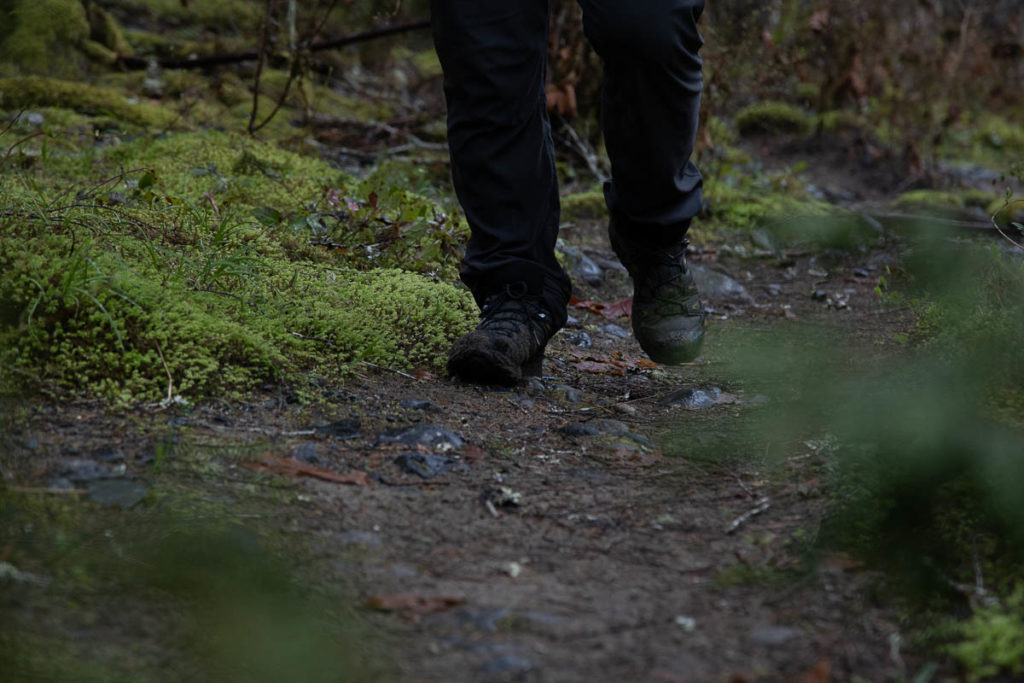
Carbon Negative ReCORK Base
Clearly, you’d want an insole because your shoe isn’t comfortable or doesn’t fit properly. It has to work.
On top of making your shoes more comfortable, SOLE have created an insole that’s not just carbon neutral, but carbon negative, to produce.
The base of the Performance Medium footbeds is made of recycled wine corks. Through a program called ReCORK that SOLE started, they collect old wine corks, grind them up and create footbed bases that are shock-absorbing, durable, and antibacterial.
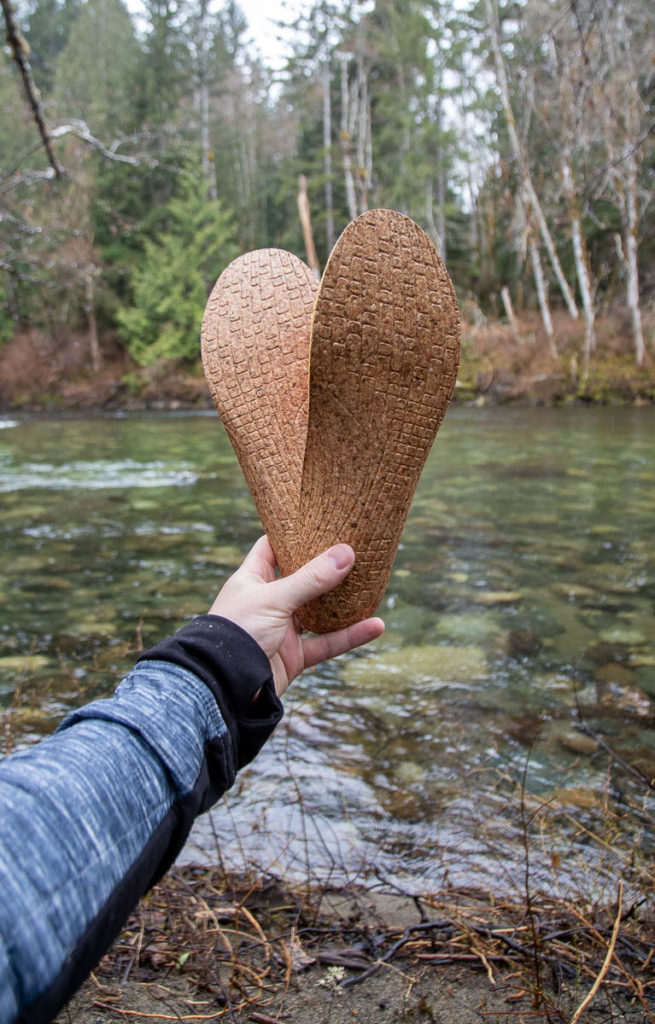
Why use cork?
Most shoes use some sort of foam to build up the base like EVA. This foam comes from, you guessed it, fossil fuels. More oil has to come out of the ground to make the foam in shoes.
Instead of those corks going into the garbage (they can be composted but I’m sure most aren’t) they can be recycled and sent to SOLE through the ReCORK recycling program.
So one source of the cork is saving used corks from hitting the landfill. Another is straight from cork trees.
ReCORK has collected more than 128,772,485 corks so far. They even have a search on their website to help you search for wine bottles that use real ‘cork’ cork.
Carbon Negative Cork
To calculate the carbon emissions of the entire life of a Performance Medium footbed, SOLE walks through every step from finding the raw materials to making the footbed (even cooking it in the oven to mold it) and calculates the carbon required.
To sort out how much carbon a Performance Medium takes to create, they work with a company that specializes in calculating carbon emissions. They found that getting the raw materials, making the product, transporting everything and disposing of it all takes 1.87 kg of of CO2 equivalent for each pair of footbed.
What’s different about the cork versions of these footbeds is that the small amount of cork included actually sequestered 4.15 kg of CO2 from the atmosphere. So while it was growing, the cork tree sucked out an average of 55 times the amount of CO2 from the atmosphere that it stored in the tree and in the cork.
After the cork tree pulled 4.15 kg of CO2 from the atmosphere, SOLE put 1.87 kg back into the atmosphere making the footbed. But at the end of the day I got the footbeds after 2.28 kg of CO2 were pulled from the atmosphere. By using cork these footbeds aren’t just carbon neutral, but carbon negative.
Cork comes from bark of the cork oak tree. The cork can be harvested without cutting down the tree. It keeps on living after a bark harvest. In fact, it starts to pull more CO2 to grow back the cork that it lost. Cork trees can be ‘peeled’ every 9 to 12 years, and up to 15 times over the 200 year life of a cork tree.
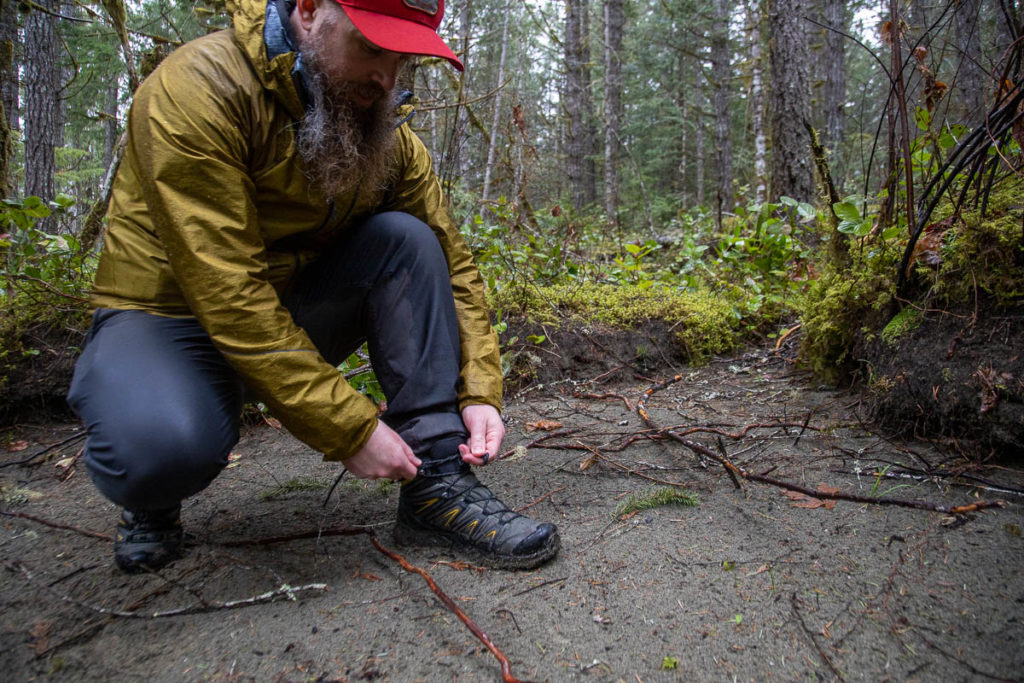
Climate Neutral or Carbon Negative?
SOLE and ReCORK work with CO2 Negative, a company that provides carbon labelling and carbon negative certification. They walk through product life cycles (from getting the raw material to people buying, using and disposing of them) and measure how much carbon is produced at each step. They help companies put labels on each of their products showing how much CO2 equivalent the product produces so we can make better decisions when buying new products.
CO2 Negative is similar to the Climate Neutral Initiative. Climate Neutral is a few years old and so has more members. So far they have 264 members that go through the 3 steps. Every year, each company measures how much carbon the company produced in all of its operations. They then pay for carbon offsets to bring the company up to carbon neutral. Last is a plan for the next year to reduce carbon emissions to begin with. Once they’re certified they’re allowed to use the Climate Neutral tag on all their products.
Both initiatives put labels on product that let us consumers know what the company is doing to reduce greenhouse gas emissions and prevent climate change.

SOLE Active versus Performance
SOLE has a bunch of different kinds of insoles and footbeds. See here for a quick comparison.
Their biggest ranges are Active and Performance. Performance is the line in this review. Active is a very similar footbed but made with EVA foam instead from fossil fuel.
Within the Active and Performance lines, there’s different thicknesses: Thin, Medium and Thick. If you don’t have much room in your shoe then Thin probably works. If you have a lot of extra space to fill then go with Thick.
Two other options to pick from are Wide and Met Pad. Choices are a bit more limited when you start to go wide or include the Met Pad.
Wide is just wider than standard width. If you have a wider trail runner or boot, go with the Wide footbed to cover the whole area.
The Met Pad is for reducing strain on the ball of your foot. It lifts the ball of your foot slightly to line up better with your toes and should reduce pain there.
The insoles in this review are the Medium thickness in the Performance Series. SOLE says the Performance Collection is:
- Made with recycled cork
- Carbon negative
- Molds quicker to your feet through wear
- Cork is naturally shock absorbing, antimicrobial and insulating
The Active Collection is:
- Made with EVA foam
- Ultra durable – withstands prolonged high-intensity use
- Best for swapping between shoes
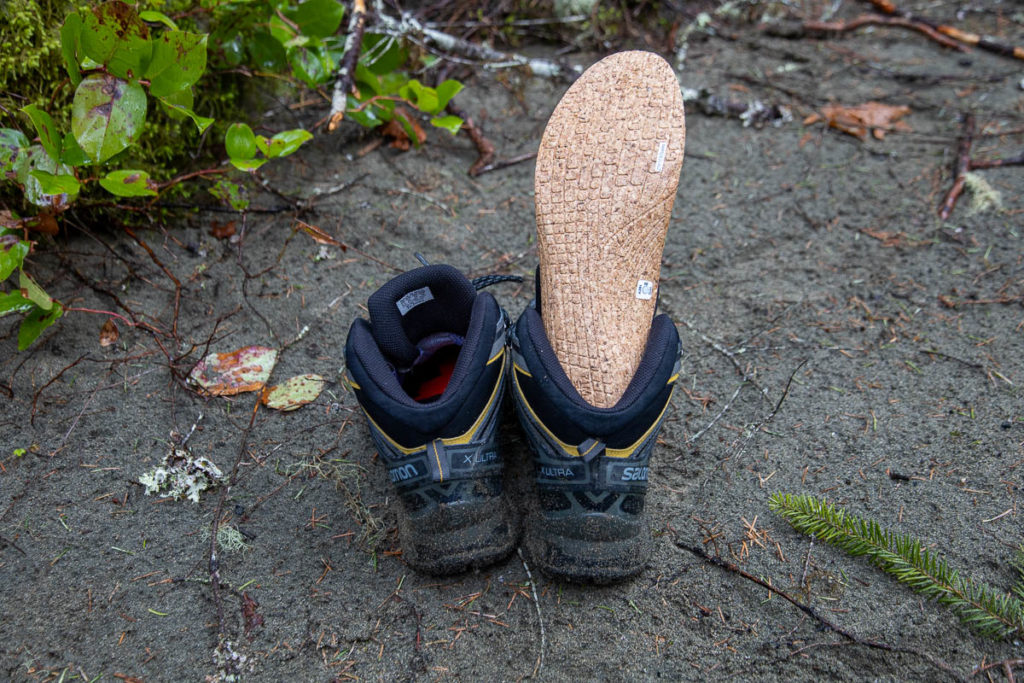
Conclusion
Lots of of people slide on a shoe or boot and go hiking and they have never have any issues with fit or blisters. I’m jealous of those people. I’ve spent years fiddling around with insoles, taping, socks and different boots to get a good fit.
Insoles are a cheaper way to get more support in a boot or take up extra space. SOLE have been making insoles for years and have types for all shoes. The Performance (with the cork base) and the Active (with the EVA foam base) have been my favourites.
The Performance Medium in this review is excellent for mid to low volume feet that require a bit of support. If you have flat feet, you probably don’t need these. By walking or heating for 2 minutes in the oven, they will form to your feet and you get custom orthotics for a fraction of the cost of real custom.
If you have had success with other SOLE insoles, you’ll like the Performance line too. Best part is they are carbon negative. The base is made with recycled wine corks saving them from the landfill. All SOLE insoles are getting a carbon label from now on, regardless if they’re carbon negative or positive.
